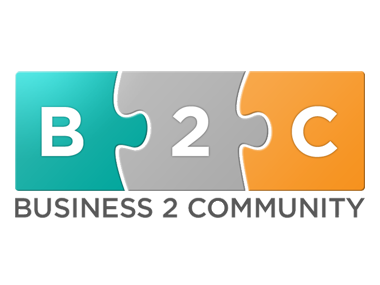K
Kathleen Martin
Guest
Ever since its creation in 2009, blockchain technology has proven to be a powerful and disruptive technology with applications that go beyond the realm of cryptocurrencies. The list of applications for blockchain technology keeps growing, and more and more organizations are choosing blockchain technology for their software applications.
What is blockchain technology?
A blockchain is a distributed record on a shared open database that is maintained by a network of computers, which are called nodes, and is secured through consensus protocols of encryption and cryptography.
What makes up a blockchain?
A blockchain is made up of a series of blocks in chronological order according to when each block was created. Blocks contain:
What is blockchain technology?
A blockchain is a distributed record on a shared open database that is maintained by a network of computers, which are called nodes, and is secured through consensus protocols of encryption and cryptography.
What makes up a blockchain?
A blockchain is made up of a series of blocks in chronological order according to when each block was created. Blocks contain:
- Data, also called a “payload”
- A time stamp marking the creation of the block
- An identifying hash value
- The previous block’s hash value
[/LIST=1]
The payload can be any data, such as:- A list of transactions, as in the case of distributed ledgers
- Code, as in the case of smart contracts
- Inventory and stock lists
- Music files
- Text or documents
- Images
- Sensitive information such as health data or personal identification
- Or nearly anything else.
In the same way, if any of the data in the block is changed, even slightly, the hash value changes, and because each block must contain the previous hash value, all of the following blocks change as well.
Continue reading: https://www.business2community.com/business-innovation/11-ways-a-software-development-company-can-use-blockchain-technology-02435157

